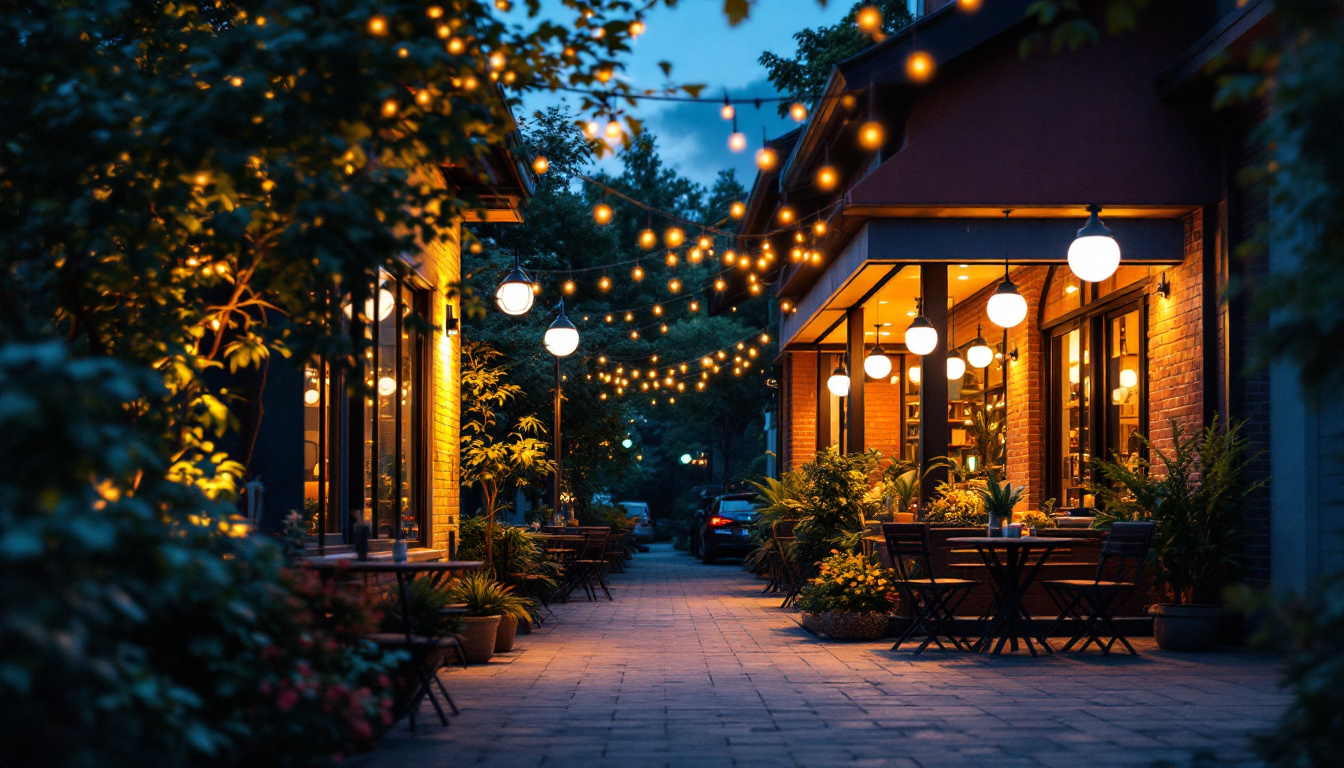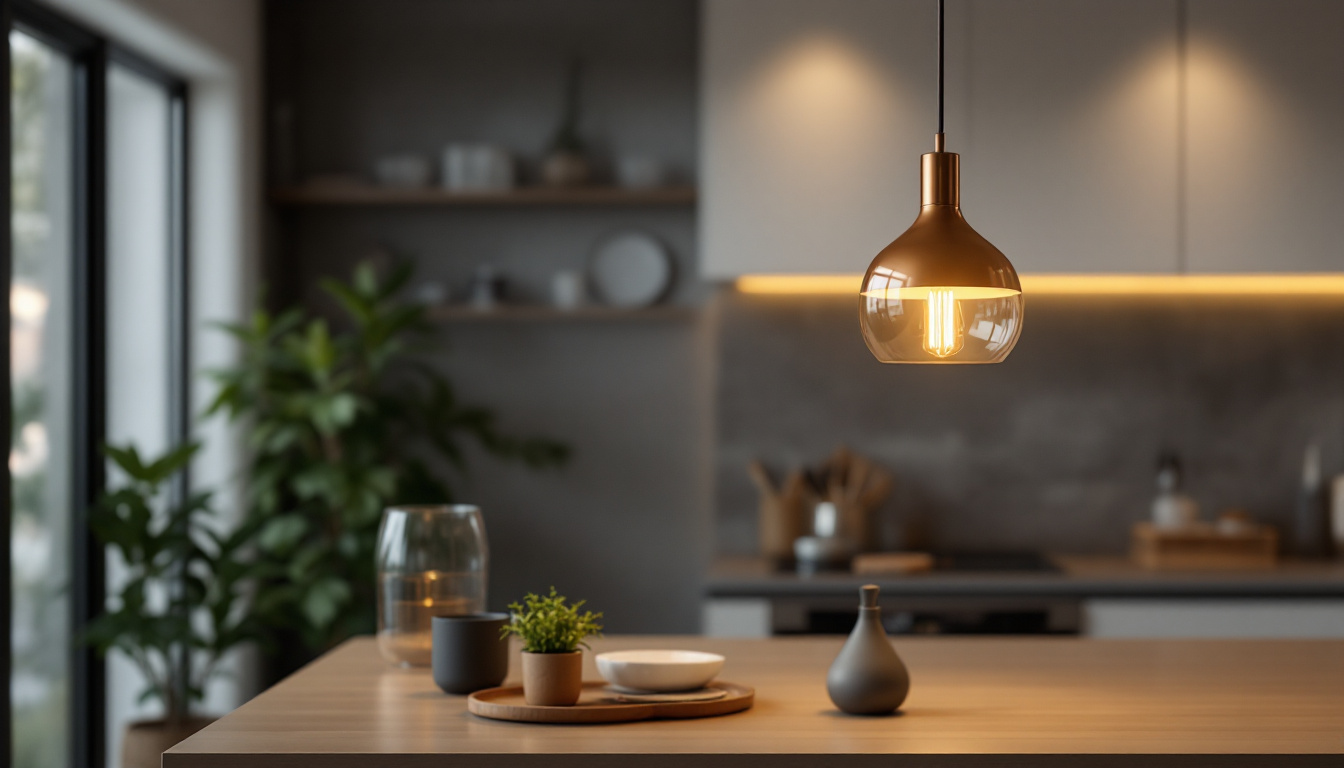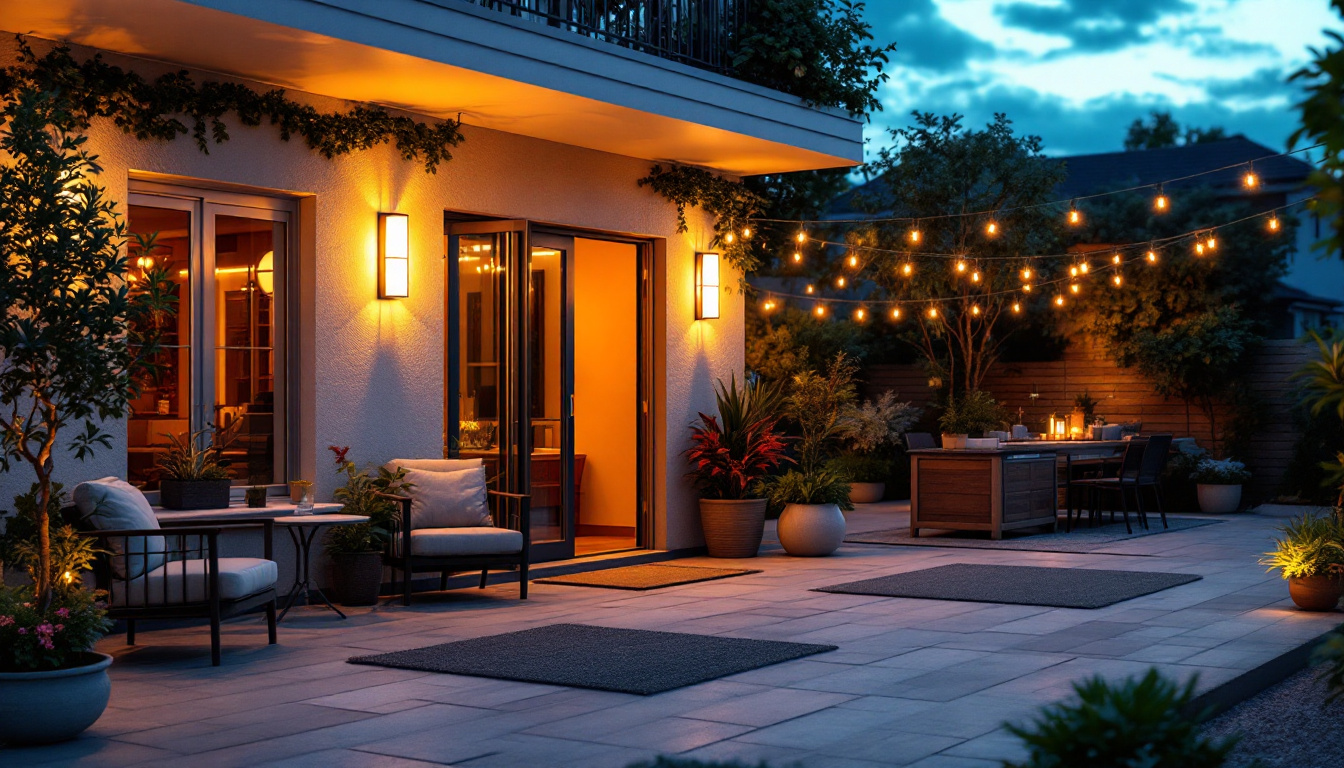
Lighting contractors play a crucial role in the design and implementation of effective lighting solutions for residential and commercial spaces. Among the various options available, Type A light bulbs have gained significant popularity due to their versatility and efficiency. This article explores proven methods for lighting contractors to effectively utilize Type A bulbs, ensuring optimal performance and customer satisfaction.
Type A light bulbs are characterized by their pear-shaped design and are commonly used in standard household fixtures. They typically feature an E26 base, making them compatible with a wide range of lighting applications. The most common Type A bulbs include incandescent, CFL (compact fluorescent), and LED (light-emitting diode) options, each offering distinct advantages and disadvantages.
Incandescent Type A bulbs have been a staple in the lighting industry for decades. They provide a warm, inviting glow that many homeowners prefer. However, they are not the most energy-efficient option available. Lighting contractors should educate clients about the trade-offs involved in choosing incandescent bulbs, particularly their shorter lifespan and higher energy consumption compared to newer technologies. Additionally, the light produced by incandescent bulbs is often favored for its color rendering capabilities, making it ideal for settings where accurate color representation is crucial, such as in art studios or retail environments. Despite their declining popularity due to energy regulations, many still appreciate the nostalgic charm and immediate brightness that incandescent bulbs provide.
Compact fluorescent lamps (CFLs) offer a more energy-efficient alternative to incandescent bulbs. They use about 75% less energy and last up to ten times longer. Despite their benefits, CFLs can take time to warm up and may not provide the same quality of light as incandescent options. Lighting contractors should highlight these factors when recommending CFLs to clients, ensuring they understand both the benefits and limitations. Furthermore, CFLs contain a small amount of mercury, which necessitates careful disposal to avoid environmental contamination. This aspect can be a concern for eco-conscious consumers, prompting discussions about the importance of recycling and proper disposal methods for these bulbs, thus encouraging a more sustainable approach to lighting choices.
LED Type A bulbs have revolutionized the lighting industry with their exceptional energy efficiency and long lifespan. They consume significantly less power and can last up to 25,000 hours or more. Additionally, LEDs are available in various color temperatures, allowing contractors to tailor lighting solutions to specific client preferences. However, the initial cost of LED bulbs can be higher than that of incandescent or CFL options, so it’s essential to communicate the long-term savings they offer. Beyond energy savings, LED technology has advanced to include smart lighting capabilities, enabling users to control brightness and color via smartphone apps or voice commands. This innovation not only enhances convenience but also allows for dynamic lighting schemes that can adapt to different moods and activities, making LEDs a versatile choice for modern homes. As the market continues to evolve, lighting professionals must stay informed about the latest trends and technologies to provide clients with the best possible lighting solutions.
When selecting Type A bulbs for various applications, lighting contractors must consider several factors, including the intended use of the space, energy efficiency goals, and client preferences. Understanding these elements will help ensure that the right bulb is chosen for each project.
In residential settings, Type A bulbs are often used in fixtures such as table lamps, ceiling lights, and wall sconces. For living rooms and bedrooms, warm white LEDs or incandescent bulbs are popular choices, as they create a cozy atmosphere. In kitchens and workspaces, cooler color temperatures may be preferred to enhance visibility and task performance. Contractors should engage with clients to determine their lighting preferences and the specific ambiance they wish to create. Additionally, the use of dimmable Type A bulbs can provide flexibility, allowing homeowners to adjust the brightness according to the time of day or activity, further enhancing the comfort and functionality of the space.
In commercial environments, lighting requirements can vary significantly based on the type of business. Retail spaces may benefit from bright, inviting lighting that highlights products, while offices may require adjustable lighting solutions to accommodate different tasks. Type A bulbs can be used in various fixtures, including recessed lighting, pendant lights, and desk lamps. Contractors should assess the specific needs of each commercial space to recommend the most suitable Type A bulb options. Furthermore, incorporating smart lighting technology can be advantageous in commercial settings, allowing for automated adjustments based on occupancy or time of day, which not only enhances energy efficiency but also improves the overall user experience. This integration of technology can lead to significant cost savings over time, making it an attractive option for businesses looking to optimize their lighting solutions.
With growing awareness of environmental issues, energy efficiency and sustainability have become critical considerations for lighting contractors. Type A bulbs, particularly LEDs, offer significant advantages in this regard. By promoting energy-efficient lighting solutions, contractors can help clients reduce their energy consumption and lower utility bills while contributing to a more sustainable future.
One of the most effective ways to demonstrate the benefits of energy-efficient Type A bulbs is by calculating potential energy savings. Contractors can provide clients with a simple breakdown of the costs associated with different bulb types, including initial purchase price, energy consumption, and lifespan. This information can help clients make informed decisions and understand the long-term value of investing in energy-efficient lighting solutions.
proper disposal and recycling of light bulbs, especially CFLs and LEDs, is essential for minimizing environmental impact. Lighting contractors should educate clients about local regulations regarding bulb disposal and encourage them to recycle old bulbs whenever possible. Providing information on recycling programs and facilities can enhance a contractor’s reputation as a responsible and environmentally conscious professional.
Proper installation is vital for ensuring the performance and longevity of Type A bulbs. Lighting contractors should adhere to best practices to guarantee that clients receive the best possible lighting solutions. This includes understanding the specific requirements of each bulb type and ensuring compatibility with fixtures and dimmers.
Before installation, contractors should verify that the chosen Type A bulb is compatible with the fixture. This includes checking the socket type, wattage limits, and any specific requirements for dimmable bulbs. Using the right bulb in the appropriate fixture will help prevent issues such as flickering or reduced lifespan.
Handling Type A bulbs with care is essential to avoid damage. Contractors should wear gloves when installing bulbs to prevent oils from fingers from affecting the bulb’s performance. Additionally, ensuring that the fixture is powered off during installation can help prevent accidents and ensure a safe working environment.
Effective communication is key to building strong relationships with clients. Lighting contractors should prioritize educating clients about the benefits and features of Type A bulbs, empowering them to make informed decisions. This can lead to increased customer satisfaction and repeat business.
Contractors should offer clear, concise information about the different Type A bulb options available. This includes discussing energy efficiency, color temperature, and expected lifespan. Providing brochures or digital resources can help clients better understand their choices and the advantages of various bulbs.
Encouraging clients to ask questions and provide feedback is essential for fostering a positive working relationship. Lighting contractors should create an open dialogue, allowing clients to express their preferences and concerns. This approach not only builds trust but also ensures that the final lighting solution aligns with the client’s vision.
The lighting industry is continually evolving, with new technologies and trends emerging regularly. Lighting contractors must stay informed about these developments to provide clients with the best possible solutions. This includes understanding advancements in Type A bulb technology and the latest energy efficiency standards.
Participating in workshops, seminars, and certification programs can help lighting contractors stay updated on industry trends and best practices. Many manufacturers offer training sessions on their products, which can provide valuable insights into the latest innovations in Type A bulbs. By investing in continuing education, contractors can enhance their expertise and offer clients cutting-edge solutions.
Building a network of industry professionals can provide valuable resources and insights. Joining professional organizations or attending trade shows can help contractors connect with other lighting experts, share knowledge, and stay informed about emerging trends. Networking can also lead to potential collaborations and referrals, further enhancing a contractor’s business opportunities.
Type A light bulbs offer a versatile and efficient lighting solution for various applications. By understanding the different bulb types, choosing the right options for specific needs, and adhering to best installation practices, lighting contractors can deliver exceptional results for their clients. Additionally, prioritizing energy efficiency, client education, and ongoing professional development will ensure that contractors remain competitive in a rapidly changing industry. Embracing these proven methods will not only enhance the quality of lighting solutions but also contribute to a more sustainable future.
Ready to elevate your lighting projects with the best in Type A bulbs and beyond? Look no further than LumenWholesale, where we provide lighting contractors with superior, spec-grade lighting products at unparalleled wholesale prices. Our commitment to quality and affordability ensures you have access to the most reliable and high-performing lighting solutions for every application. Plus, with free shipping on bulk orders, you can stock up on premium lighting without worrying about hidden fees. Don’t compromise on quality or value—visit LumenWholesale for Wholesale Lighting at the Best Value and light up your projects with confidence.

Discover how investing in large outdoor lights can illuminate new opportunities for your contracting business.

Explore the transformative journey of the light island pendant in the lighting industry.

Discover how to enhance your outdoor lighting with our guide on optimizing dawn to dusk lights.

Discover how wire-to-wire connectors are revolutionizing the lighting industry by enhancing efficiency and reliability for contractors.